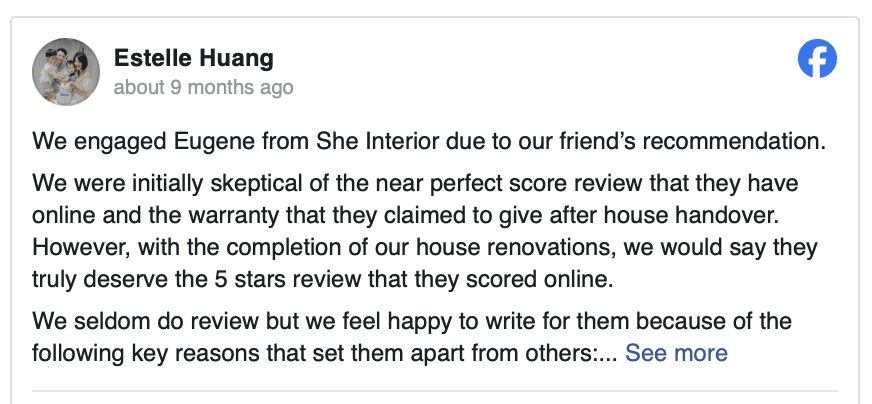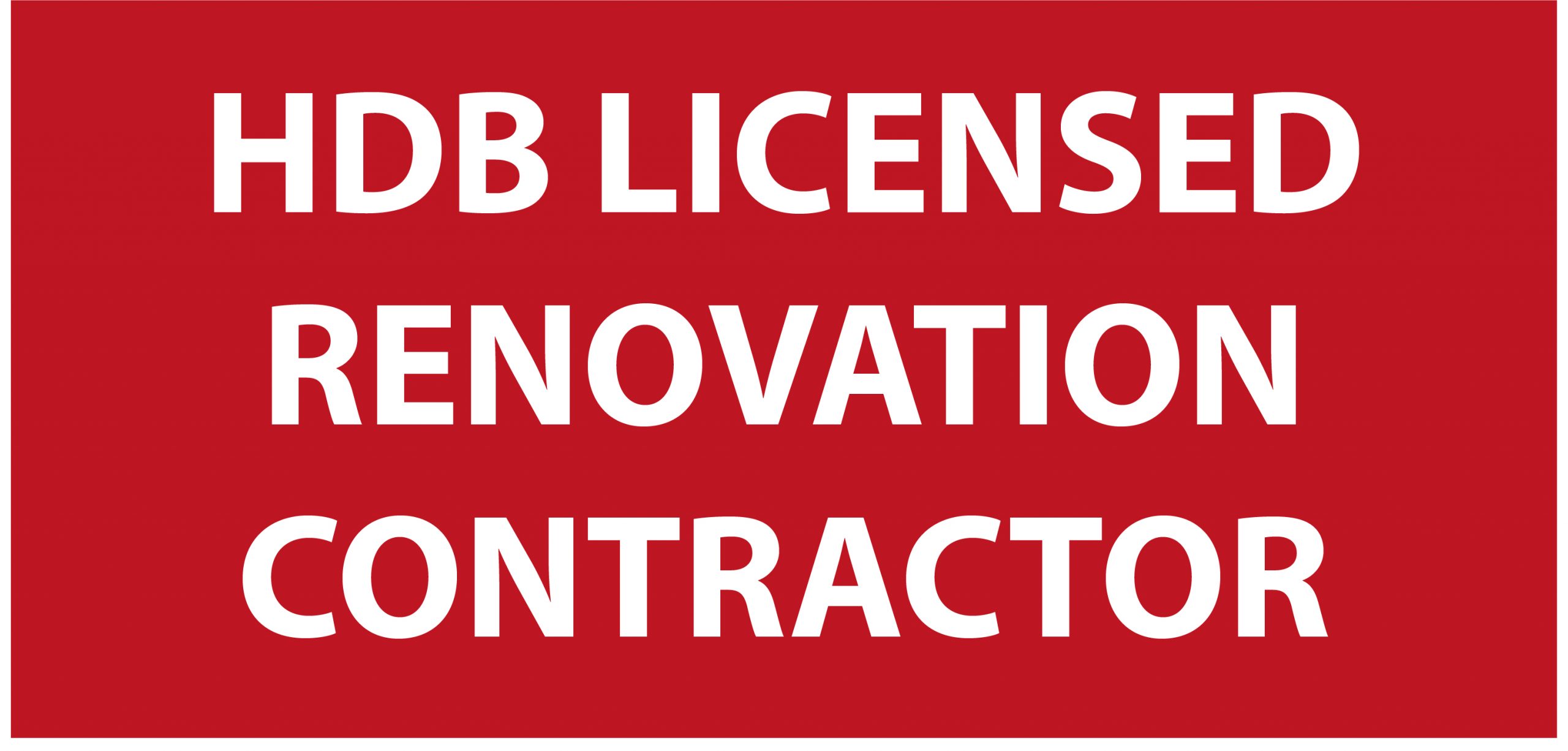“Home is where the heart is, and the right foundation can make all the difference.”
When it comes to home renovation, few decisions feel as permanent as what to do with your floors. Should you go for the convenience of overlay tiles or take the plunge with hacking? If you’ve ever wondered about the differences, pros, and cons of overlay tiles vs hacking, you’re not alone. It’s a common question for homeowners in Singapore, especially when tackling areas like kitchens, bathrooms, or living spaces.
At SheInterior, I believe your floors deserve as much attention as any other part of your home. Let’s explore how these two options—overlaying tiles and hacking—can completely transform your space while balancing cost, durability, and aesthetics.
Understanding Overlaying Tiles and Hacking
Overlaying tiles is a method where new tiles are installed directly over existing ones. It’s fast, less invasive, and often the go-to for those looking to refresh their flooring without a complete overhaul. On the other hand, hacking involves removing old tiles entirely before laying new ones, providing a blank slate for a fresh start. Both approaches have their merits, but the right choice depends on your space, goals, and budget.
If you’ve ever searched for “overlay tiles vs hacking,” you’ve likely come across plenty of debates. The truth is, each method has its place, and understanding their differences is key to making the right decision for your home renovation.
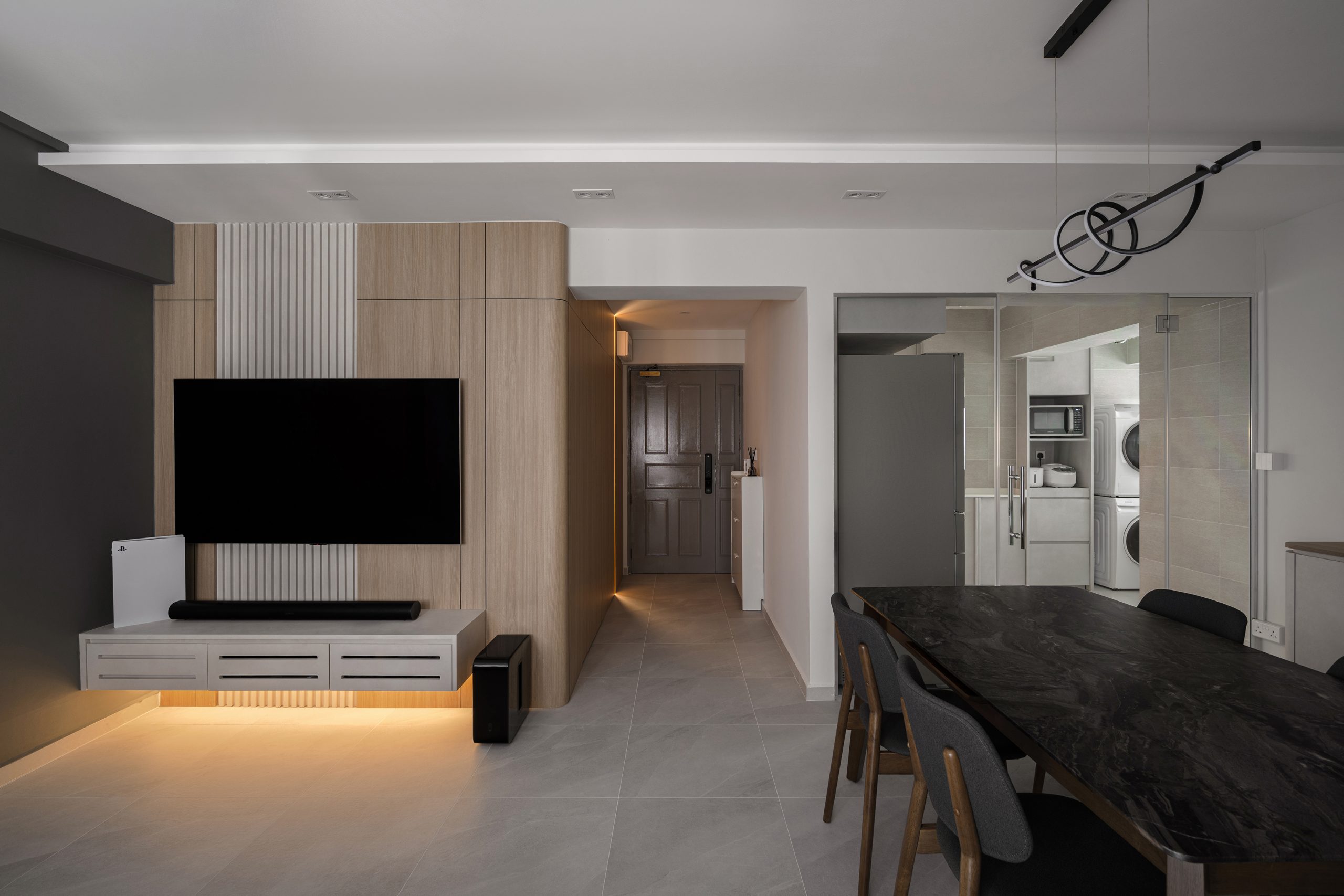
The Pros and Cons of Overlay Tiles vs Hacking
When deciding between overlay tiles and hacking, knowing the benefits and drawbacks of each option can help you make a confident choice.
The Pros of Overlaying Tiles
Overlaying tiles has become a popular choice for many homeowners, and for good reason. The process is quick and efficient, as it avoids the labor-intensive task of removing existing tiles. With less demolition involved, there’s also minimal dust and noise, making it a more convenient option for families living in their homes during renovation. It’s also cost-effective, with lower labor charges compared to hacking, and can significantly reduce the total renovation time.
For areas where height allowances aren’t a concern, overlaying tiles offers a practical and visually appealing way to refresh your floors without a complete overhaul.
The Cons of Overlaying Tiles
Despite its advantages, overlaying tiles isn’t suitable for every situation. Adding an extra layer of tiles increases the floor height, which might interfere with door clearances or create uneven transitions between rooms. It also relies on the condition of the existing tiles—if they’re uneven, cracked, or damaged, overlaying may not be an option.
In areas prone to high moisture, like bathrooms, the additional layer could compromise waterproofing, leading to long-term maintenance issues if not executed professionally. It’s essential to ensure the underlying surface is stable and secure to avoid future problems.
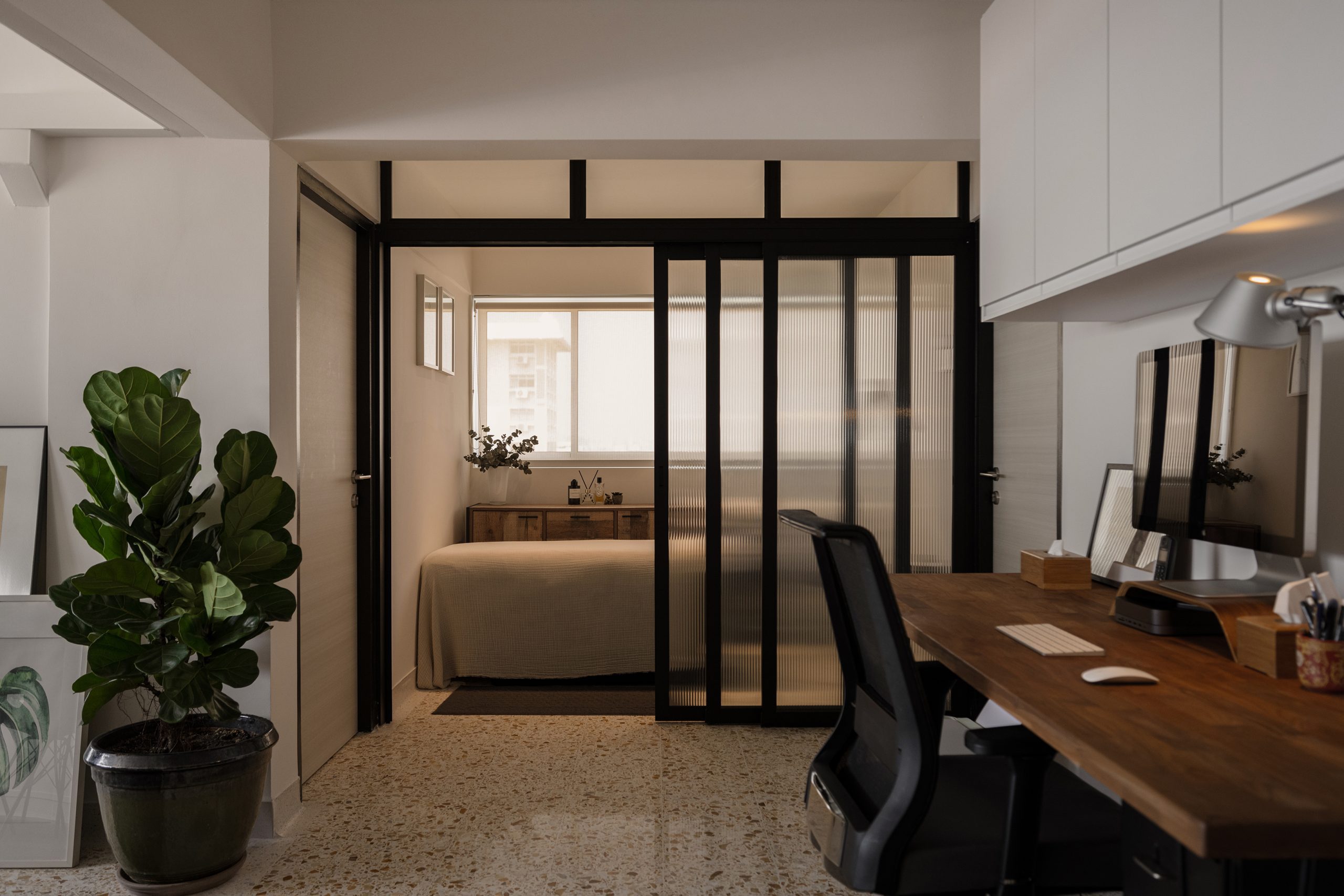
The Pros of Hacking
Hacking offers the ultimate solution for a clean slate. By removing old tiles, you gain full flexibility to address issues like uneven surfaces, outdated waterproofing, or structural damage. This method is ideal for homeowners seeking a long-term solution, as it ensures the stability and durability of the new tiles.
Another advantage is design freedom. With hacking, you can completely reimagine the space, changing layouts, materials, and even plumbing if necessary. It’s the preferred choice for significant renovations that aim to create a brand-new look and feel.
The Cons of Hacking
The main drawback of hacking is the time and cost involved. Demolition is labor-intensive, which means higher costs compared to overlaying tiles. It’s also a noisy and dusty process, which can be inconvenient if you’re living in the home during the renovation.
Additionally, hacking takes longer to complete, as it involves extra steps like clearing debris, preparing the surface, and ensuring the space is ready for the new tiles. While it offers long-term benefits, the upfront investment can be a challenge for those on a tight budget or timeline.
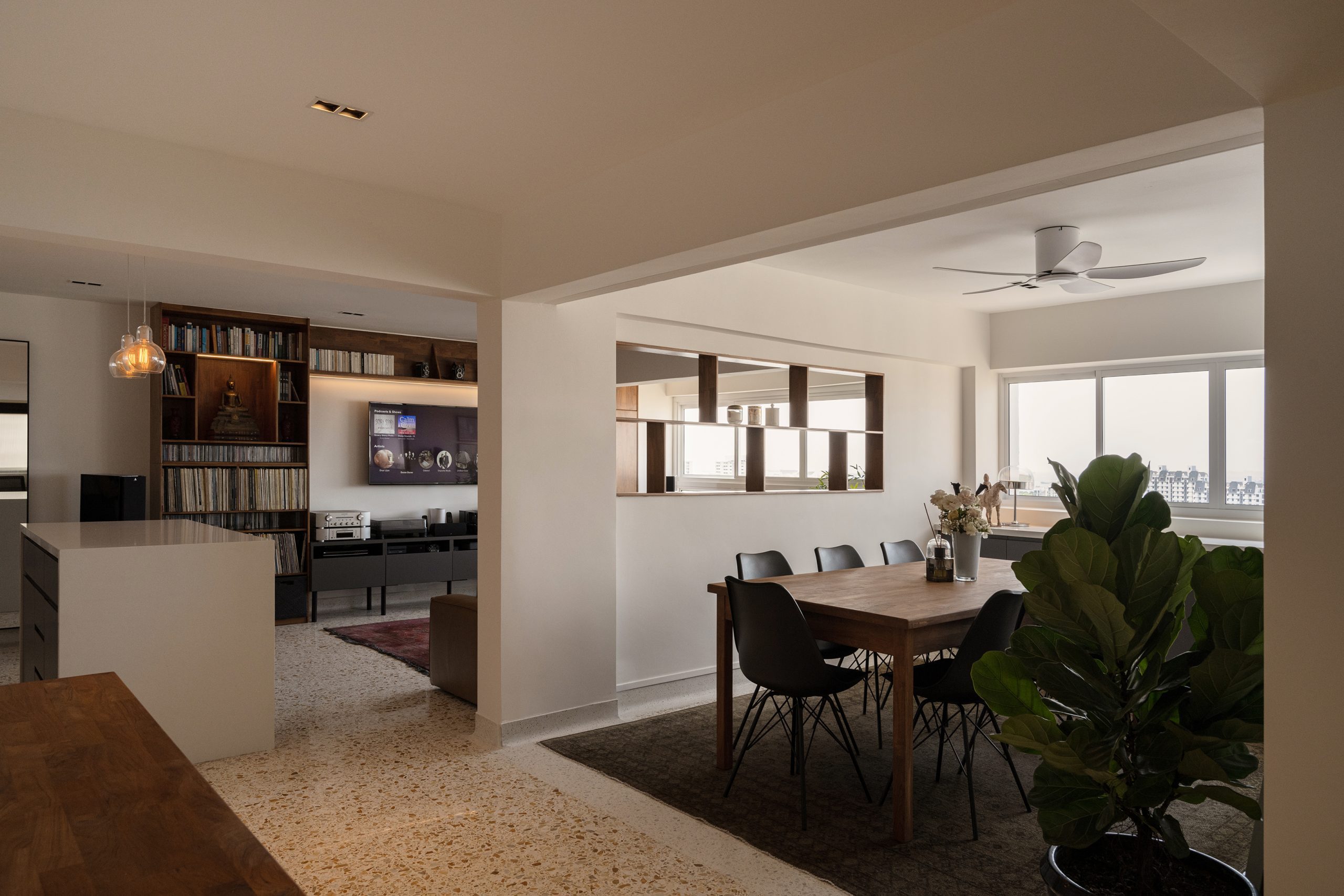
Factors to Consider When Choosing Between Overlay and Hacking
Making the choice between overlaying tiles and hacking involves more than just aesthetics. Cost is often the first consideration, as hacking tends to be more expensive. However, if your existing tiles are uneven or your home needs extensive waterproofing repairs, the upfront investment in hacking may save you from costly issues down the road.
Time is another key factor. If you’re working with a tight schedule or want minimal disruption, overlaying tiles can be a lifesaver. But keep in mind that this option isn’t suitable for every space, particularly areas prone to moisture or heavy use.
Lastly, think about your long-term goals. If you’re planning to stay in your home for years to come, investing in hacking for a durable, high-quality finish may be worth it. If you’re renovating to sell or rent out the property, overlaying might offer the balance of affordability and visual appeal you’re looking for.
How SheInterior Adds Value to Your Home Renovation
At SheInterior, I understand that every homeowner’s needs are unique. That’s why I offer comprehensive renovation services designed to help you make the best choice for your space. Whether you opt for overlaying tiles or hacking, my team ensures high-quality craftsmanship and personalized design solutions tailored to your budget and lifestyle.
Affordability doesn’t mean compromising on quality. With SheInterior, you’ll receive professional advice, transparent pricing, and a seamless renovation experience that transforms your home into the space you’ve always envisioned. From selecting the right tiles to executing the renovation with precision, I’m here to guide you every step of the way.
Which Tile Transformation Is Right for You?
Overlaying tiles vs hacking isn’t just a question of preference—it’s about finding the solution that fits your home, budget, and goals. So, if you’re considering a renovation, let me ask you this: What matters more to you—convenience or a fresh start? With the right guidance and a clear plan, your tile transformation can be as effortless as it is impactful. What will you choose?
